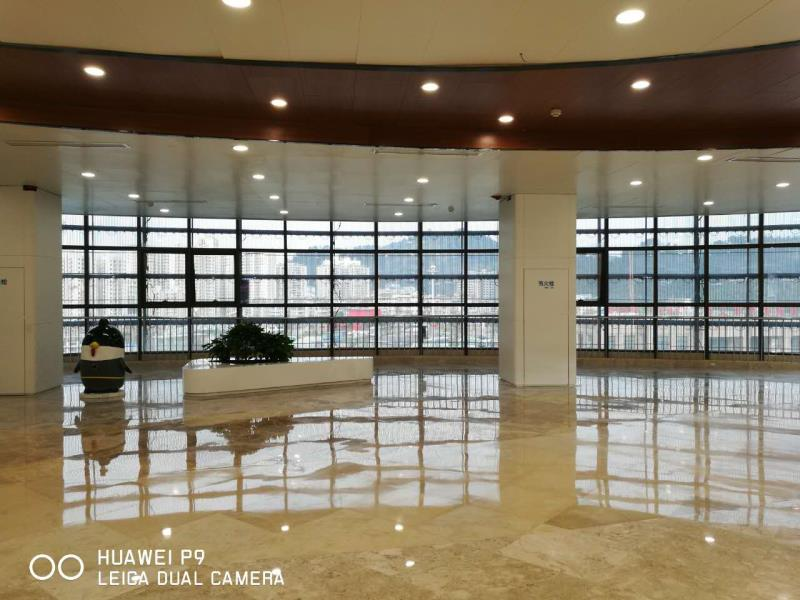How to connect LED display?
LED displays have become ubiquitous in today's world, used for everything from advertising and information displays to electronic billboards and scoreboards. These displays offer a high degree of flexibility, allowing for dynamic, eye-catching visuals that can capture attention and convey information effectively. One of the keys to the success of LED displays is the way they are connected and controlled, which we will discuss in this article.
At the heart of an LED display is a collection of individual LED modules, each containing multiple LED lights. These modules are typically manufactured by specialized LED display manufacturers, such as NSELED, which produce high-quality components designed for use in a variety of applications. These modules are then assembled into larger arrays, which make up the complete LED display.
The connection of these LED modules can vary depending on the requirements of the display. In general, LED modules can be connected in series or parallel, or a combination of both. Series connections involve linking the LED modules end-to-end, with the positive end of one module connected to the negative end of the next module. This creates a longer string of LED modules, which can be useful for displays that require high voltage or brightness. Parallel connections, on the other hand, involve linking the LED modules side-by-side, with each module connected to the same power source. This allows for increased current and brightness, but requires a lower voltage.
Once the LED modules are connected, they need to be controlled to display the desired patterns or images. This is typically done using a microcontroller or computer, which sends signals to the LED display to turn on or off individual LED lights. The control system may also adjust the brightness and color of the LEDs to create a wider range of visual effects.
What should I look for when choosing a waterproof touch screen monitor?
What is the capacity of a typical sharing power bank for meeting rooms?
Understanding the Inner Workings of a Capacitive Touchscreen
When Should You Choose an LED Curtain Screen?
What is powerbank sharing?
Industrial All-in-One vs. Traditional PCs: Which Is Better for Manufacturing?
How Are Barcode Scanners So Accurate?
In addition to the electrical connections, LED displays may also be housed within a larger mechanical structure, such as a sign or display board. This can help protect the LED modules from the elements and provide a mounting surface for the display. The mechanical design of the display may also include other components, such as input devices or sensors, to allow for interactive or automated functionality.
Overall, the connection and operation of an LED display is a complex process that requires careful attention to detail and expertise in both electronics and mechanical design. With the help of specialized LED display manufacturers like NSELED, however, it is possible to create high-quality LED displays that offer a range of dynamic and engaging visual effects. To learn more about the benefits of LED displays and how they can be customized to meet your specific needs, click here to visit NSELED's website and explore their range of products and services.
60 vs. 72-cell Solar Panels: Which Size is Right for You?
Do Barcode Scanners Use Infrared?
Revolutionizing User Experience: Touch Panel Android Devices
How much to tip a tour guide? : r/yellowstone - Reddit
Should I go for a Desktop PC or an All-In-One?
What is the best USB camera for TV?
How much is HD 1080p?
- 0





